Choosing the right pair of running pants is essential for both comfort and performance. Whether you're a seasoned marathoner or a casual jogger, buying the best running pants can make all the difference. Proper running pants offer support, flexibility, and protection from the elements, ensuring you can focus on your run without distractions.
This comprehensive guide will walk you through everything you need to know about running pants, from types to materials, brands, fit, care, FAQs and even a bit of history.
History of Running Pants
Running pants design has had a quiet but radical transformation in the last 100 years. Evolving from rudimentary sportswear to cultural icons, joggers now embody the perfect mix of practicality and casual cool in modern wardrobes.
A Quick Jog Through Running Pants Design Milestones
-
Early 1900s: Running pants weren’t what we know and love today. They were simple cotton shorts or loose trousers that quickly became heavy and awkward, but no alternatives existed.
-
1930: Emile Camuset of Le Coq Sportif introduces tracksuits in France, specialising in pants designed for sport.
-
1936 Berlin Olympics: Athletes showcase them globally, boosting their athletic cred.
-
1960s: Prices drop, making them accessible to everyday people.
-
1970s: Polyester arrives for better moisture-wicking; hip-hop adopts them for street style, kicking off versatility.
-
1980s-1990s: Streetwear brands launch bold designs, merging them into casual fashion with tees, hoodies, and takkies.
-
2020: Covid lockdowns spark a surge in comfy wear; even Fashion Week features them as adaptable staples.
Types of Running Pants
There are various styles of running pants, each designed for specific needs and preferences. Running tights are form-fitting pants that offer excellent support and flexibility. Ideal for both men and women, running tights with pockets are particularly popular for their practicality. Joggers are more relaxed than tights, providing comfort with a bit of room. They are great for casual runs and everyday wear. Compression pants are designed to improve blood flow and reduce muscle fatigue, making them perfect for long-distance runners and those looking to enhance recovery. Cold-weather running pants are insulated and often feature windproof and water-resistant materials to keep runners warm during winter runs. Track pants are typically looser than tights but more fitted than joggers, offering versatility for various types of workouts. Check out our full breakdown in Types of Running Pants Explained.
Best Fabric For Running Pants
The material of running pants plays a crucial role in performance and comfort, influencing everything from moisture management to temperature regulation and flexibility. Understanding the properties of different fabrics can help runners choose the right pants for their specific needs. Here’s a run-down of the most common running pants fabrics.
Polyester
-
Lightweight and durable.
-
Excellent moisture-wicking ability, which helps to draw sweat away from the body, keeping runners dry and comfortable during intense workouts.
-
Quick-drying, which is great for those who run in varying weather conditions or participate in long-distance runs.
Nylon
-
Renowned for its strength and elasticity, providing a snug and supportive fit.
-
Resistant to abrasions and wear, ensuring that the pants can withstand the rigours of regular running.
-
Flexibility also allows for a full range of motion, which is essential for maintaining comfort and performance during dynamic movements.
Spandex (also known as Elastane or Lycra)
-
Frequently blended with other fabrics to enhance stretch and flexibility.
-
Ideal for form-fitting running tights, as it allows for a close, supportive fit without restricting movement.
-
Elasticity of spandex ensures that the pants move with the body, providing comfort and reducing the risk of chafing during runs.
Merino wool is a natural fibre that’s great for keeping warm on cold runs—it traps heat while also pulling sweat away from your skin. It’s ideal for winter workouts, though you won’t see it often in South Africa since our winters aren’t usually that harsh. Cotton blends, on the other hand, are more common. They’re soft, breathable, and comfy for shorter or casual runs. While pure cotton isn’t great at handling moisture, blends with polyester or spandex add a bit of stretch and sweat-wicking power.
Each of these materials has its own set of advantages, and the choice of fabric can significantly impact the running experience. By selecting the right material for their specific needs, runners can enhance their comfort, performance, and overall enjoyment of the sport.
The Most Popular Running Pants Brands
Several brands are known for their high-quality running pants. Nike is renowned for innovation, offering a wide range of running pants with features like Dri-FIT technology for moisture management, ensuring runners stay dry and comfortable during their workouts. ASICS specialises in running gear, combining advanced technology and comfort in their range of running pants, making them a go-to choice for serious runners who prioritise performance.
New Balance focuses on a balance of performance and comfort, with running pants designed to provide a perfect fit and optimal support, ideal for runners who seek both functionality and style. On is known for its innovative approach to running gear, offering running pants that incorporate unique materials and design elements for maximum comfort and performance, making them a favourite among modern runners. Reebok offers a versatile range of running pants that blend style and functionality, often featuring Speedwick fabric for effective moisture management, making them suitable for various running conditions and environments.
What Fit to Look for When Buying Running Pants
Start by taking accurate measurements of your waist, hips, and inseams to find the right size. Most brands provide a fit guide to help you choose the correct size based on your measurements. Consider the type of run you plan to do. For long-distance runs, you might prefer compression pants for added support, while for casual runs, joggers might be more comfortable. If possible, try on different styles and sizes to see what feels best, ensuring there’s no chafing or restriction of movement. You may be interested in our article: Should Running Pants be Loose or Tight?
Compression pants are made from materials like spandex and offer more compression in the thigh area. These pants should be snug, but not so tight that they restrict your movement. They should fit like a second layer of skin, providing support without being a distraction. If you notice the pants after running for a few kilometres, they are likely too tight or not fitting correctly. A good fit is indicated by the absence of wrinkles and a comfortable snugness that still allows you to insert your fingers into the thigh area. If the pants become loose or wrinkled, it may be time to replace them.
Loose running pants allow more airflow and are generally more comfortable, especially for men who prefer extra room. However, they should not be overly baggy, as this can lead to distractions and unnecessary adjustments during your run. Additionally, excess fabric can cause chafing. The right pair of loose pants should offer enough space for movement without feeling too bulky. They should provide comfort and freedom without compromising performance.
Similar to compression pants, tight running pants hug the body but are usually made from slightly less restrictive materials. These pants provide support and help with muscle compression, which can reduce fatigue. Tight pants are often preferred by women due to their supportive nature. However, they should not be so tight that they cause discomfort or limit your range of motion. The goal is to find a pair that offers support without being restrictive.
To choose the right running pants, measure accurately to ensure you have accurate measurements of your waist, hips, and inseam. Use these measurements to refer to the brand’s fit guide. Think about the type of running you will be doing. Long-distance runs might benefit from the support of compression pants, while casual runs might be more enjoyable in joggers or loose pants. Don’t hesitate to try on various styles and sizes to see what feels best. Comfort and a lack of chafing are key. Ensure there are no wrinkles in compression pants, and they should feel like a second skin. Loose pants should not be overly baggy, and tight pants should offer support without restricting movement. Pay attention to signs of wear. If compression pants become loose or wrinkled, or if any type of running pants starts to chafe or restrict movement, it’s time for a new pair.
Care Tips for Your Running Pants
Proper maintenance can extend the life of your running pants.
-
Always check the care label and follow the washing instructions. Most running pants should be washed in cold water and hung to dry.
-
Avoid using fabric softeners, as they can clog the fibres of moisture-wicking fabrics, reducing their effectiveness.
-
Store your running pants in a cool, dry place, and avoid folding them in a way that might damage any elastic components.
FAQs
What are the best running pants for cold weather?
Cold-weather running pants, often made from insulated and windproof materials, are the best choice for winter runs. Look for options with a thermal layer and moisture-wicking properties.
Can men and women wear the same running pants?
While men’s and women’s running pants are designed differently to accommodate different body shapes, some unisex options are available. However, for the best fit and comfort, it's recommended to choose gender-specific pants.
Are workout tights with pockets worth it?
Yes, workout tights with pockets are highly practical for carrying small items like keys, cards, or a phone. They provide convenience without compromising on performance.
How often should I replace my running pants?
This depends on the frequency of use and the quality of the pants. Generally, if you notice wear and tear, loss of elasticity, or reduced comfort, it might be time to replace them.
What’s the difference between running tights and compression pants?
Running tights are typically designed for flexibility and comfort, while compression pants are engineered to enhance blood flow and reduce muscle fatigue through tighter, more supportive fits.For more detailed tips on maintaining your running gear, check out our comprehensive guide to running gear maintenance.
Conclusion
Choosing the right running pants is a crucial step in enhancing your running experience. By understanding the history, types, materials, brands, fit, and care of running pants, you can make an informed decision that will keep you comfortable and performing at your best. Whether you need mens running pants, womens running pants, or cold weather running pants, there’s a perfect pair out there for you.
Explore our online sports store in South Africa for all your running gear needs!

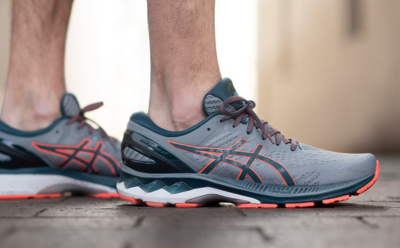
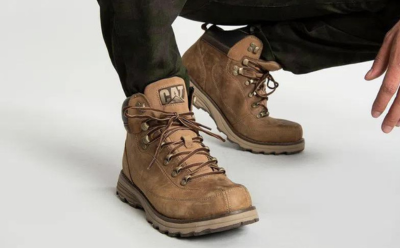
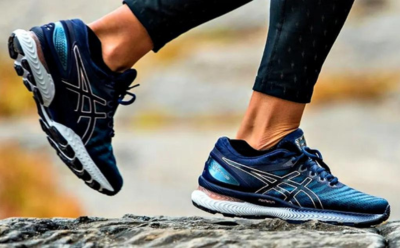
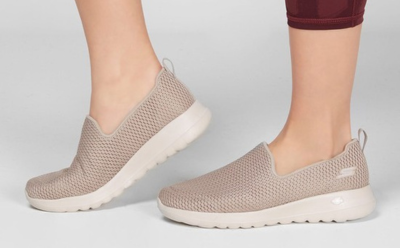
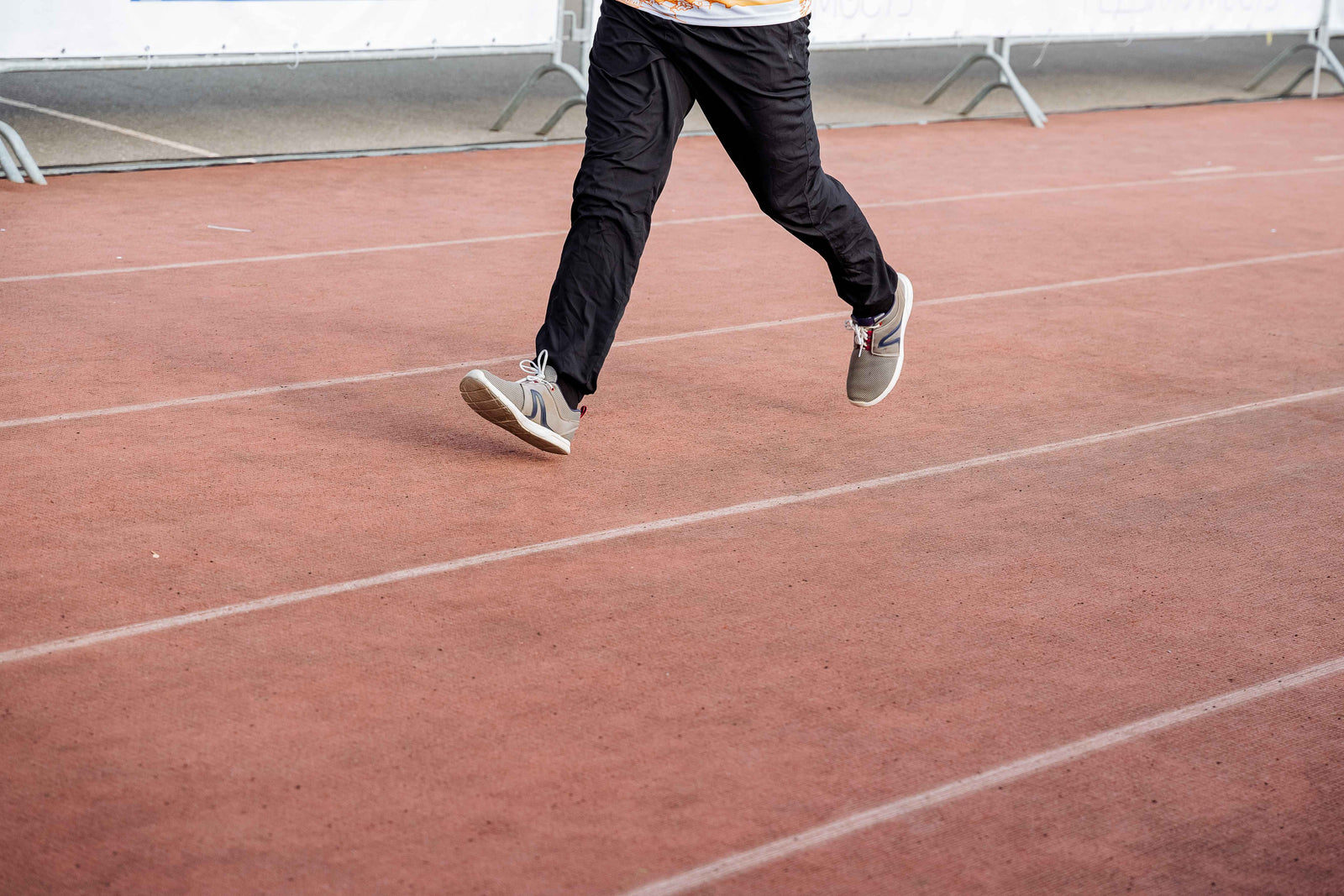
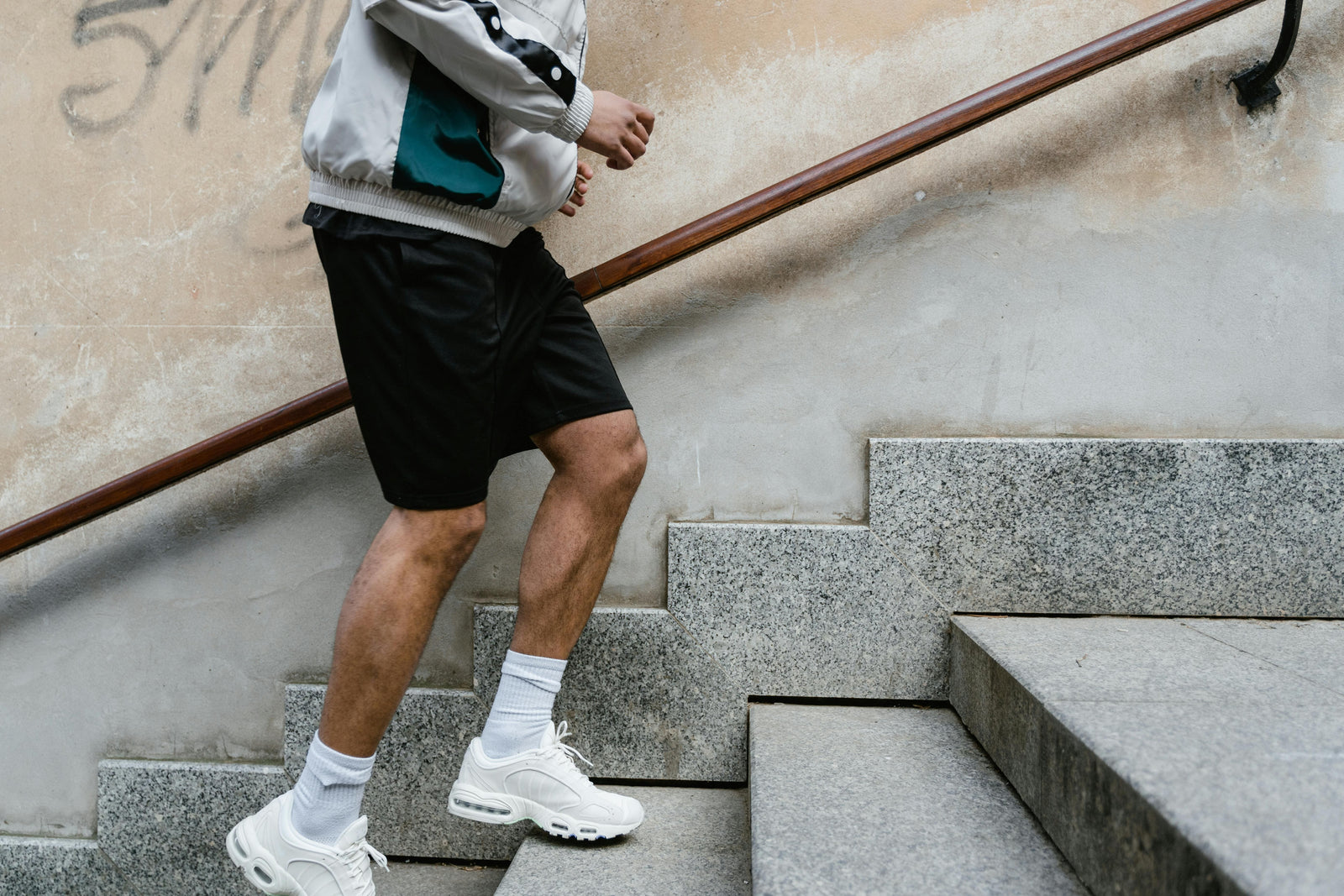
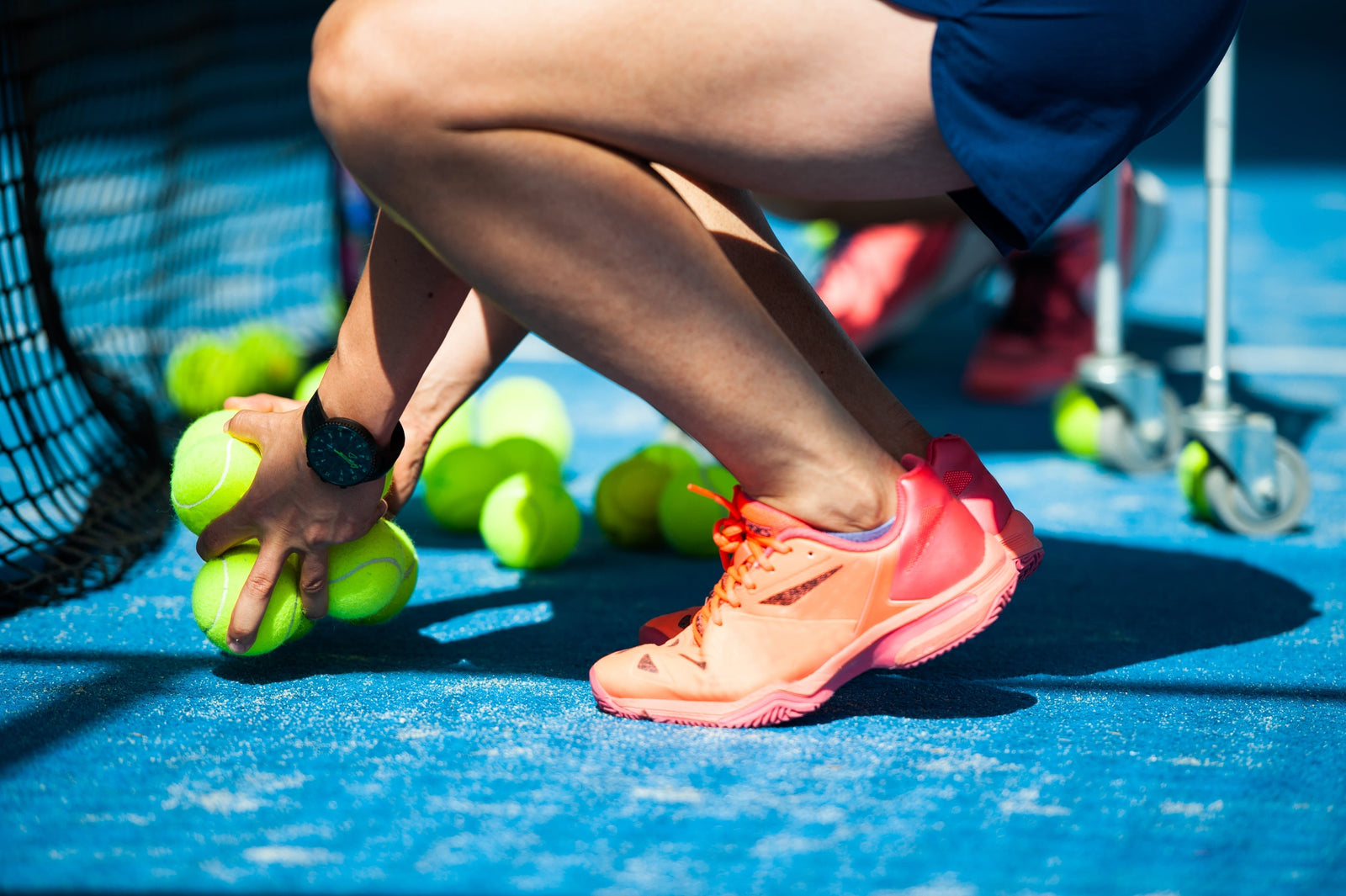
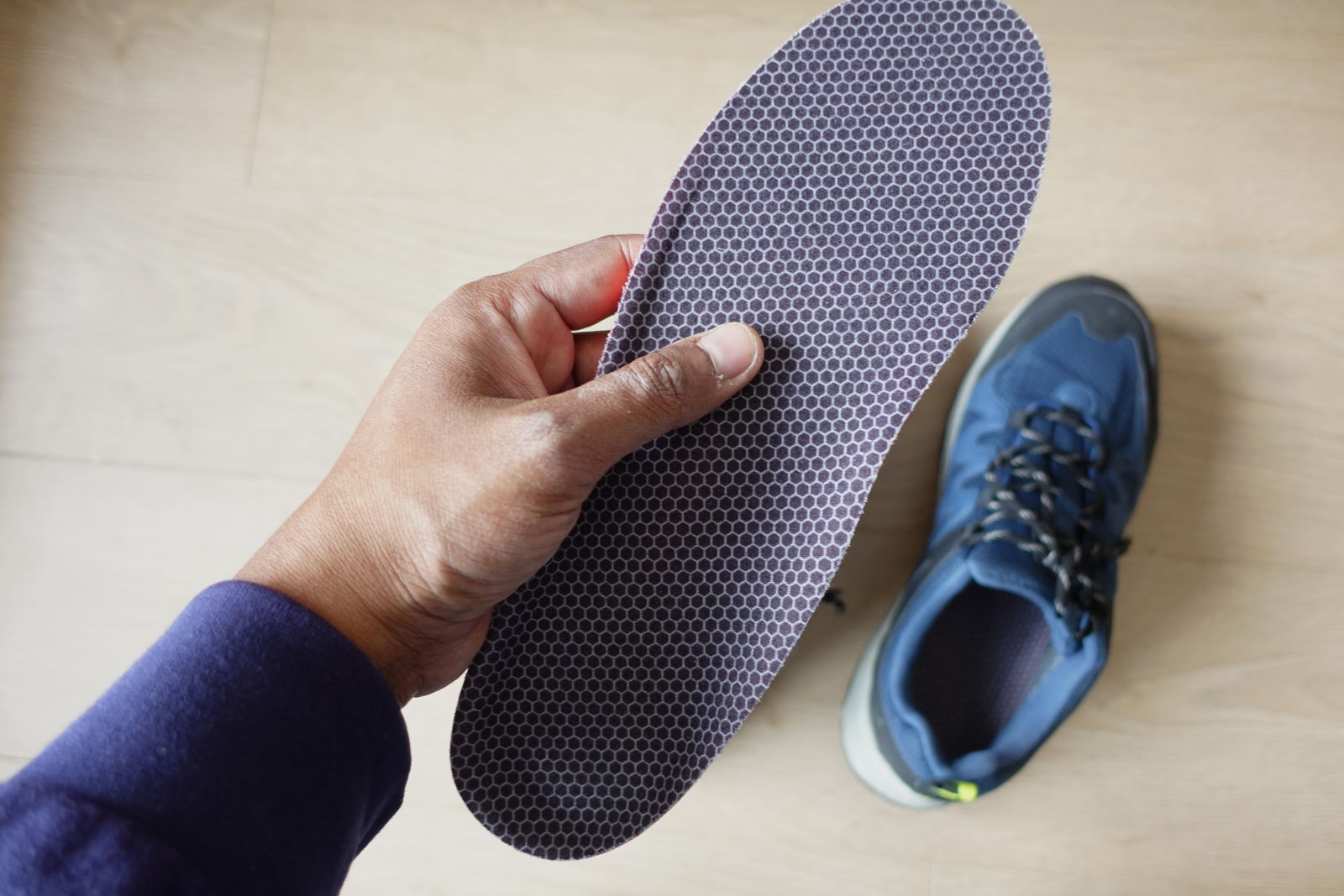
Leave a comment (all fields required)